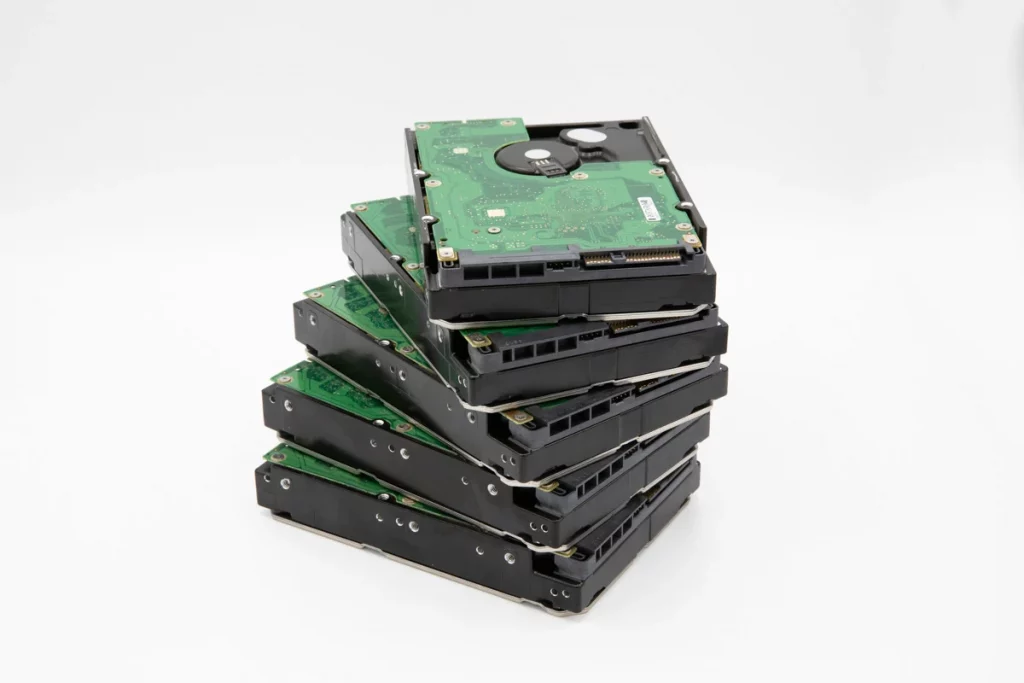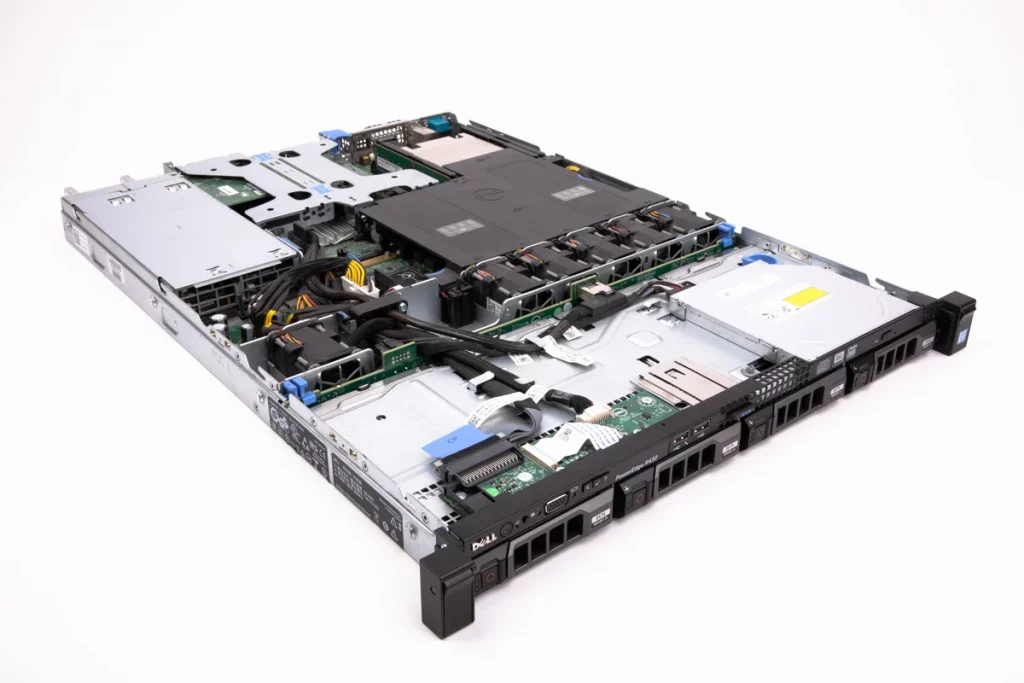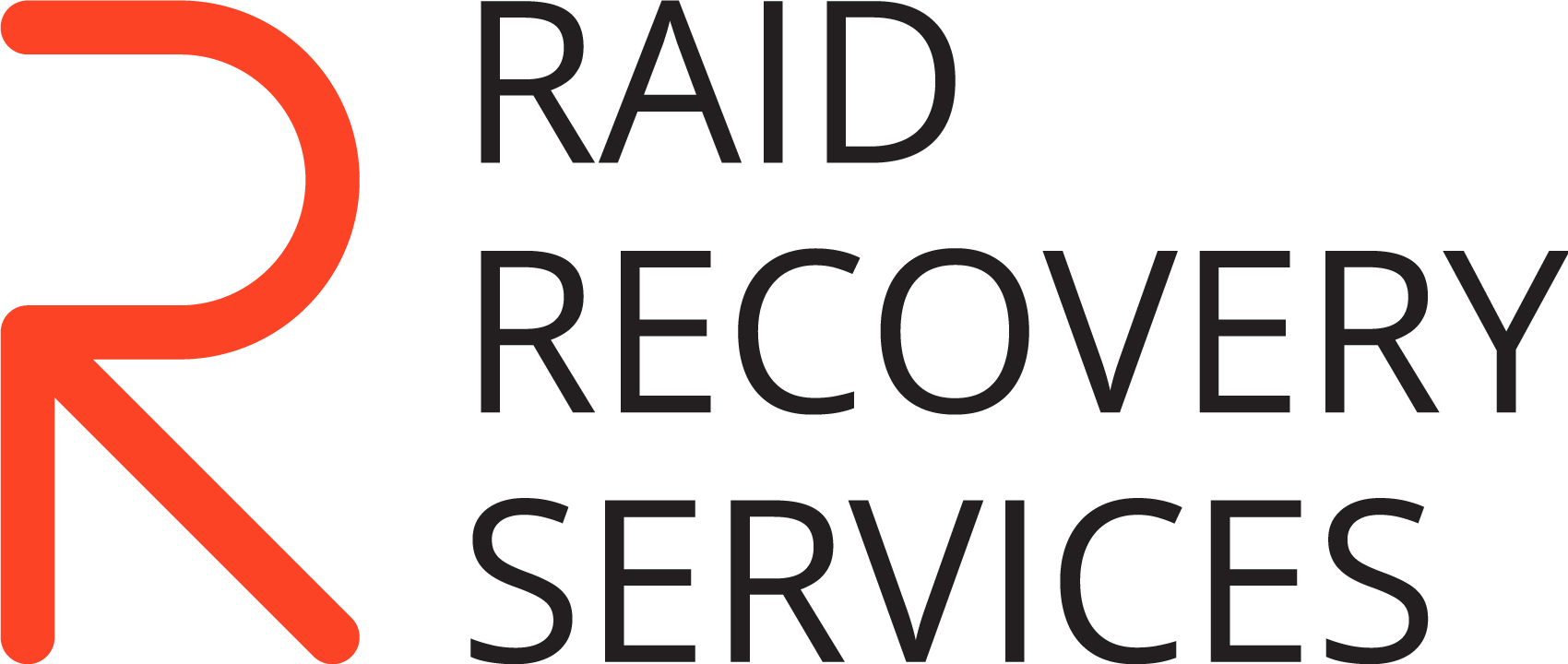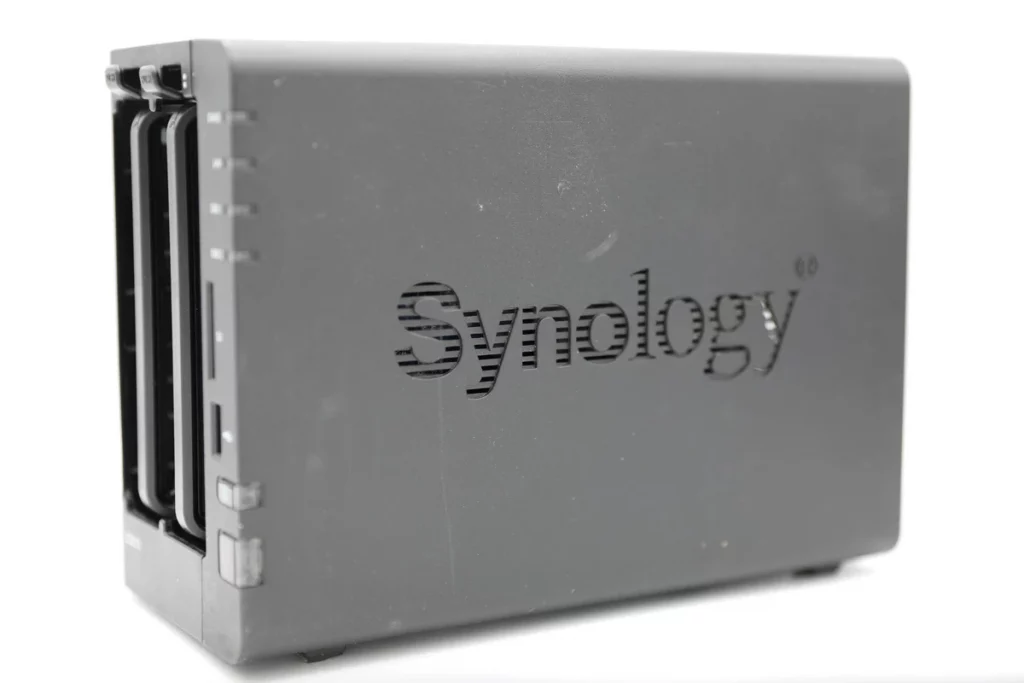RAID 0, or Redundant Array of Independent Disks level 0, is a data storage technology that involves combining two or more drives (HDDs) to improve performance and storage capacity. RAID 0 works by splitting data into small pieces and spreading it across multiple disks, allowing for faster read and write speeds. This technology has both benefits and drawbacks, which we will explore in this blog.
Benefits of RAID 0
RAID 1 enhances data reliability through disk mirroring, duplicating data across two drives. This redundancy guards against hardware failures, letting the system switch drives if necessary. RAID 1 also boosts read speeds by accessing both drives simultaneously, improving performance for read-heavy tasks. However, it reduces storage capacity by half.
High performance
The primary benefit of RAID 0 is that it will significantly improve the performance of your storage system. Because data is split across multiple disks, the system can read and write data in parallel, resulting in faster transfer speeds. This can be particularly beneficial for tasks that involve working with large files or databases, such as video editing or data analysis.
Increased storage capacity
By combining multiple disks into a single logical volume, RAID 0 can improve the overall storage capacity of your system.
For example, if you have two 500GB disks in a RAID 0 configuration, your total storage capacity would be 1 TB. This can be particularly useful for users who need large amounts of storage for multimedia files or other data-intensive applications.

Cost-effective
RAID 0 is generally more cost-effective than other RAID levels because it does not require any data redundancy or parity. This means that you can get the benefits of improved performance and increased storage capacity without the added cost of additional disks or controllers.
Drawbacks of RAID 0
No Redundancy
One of the main drawbacks of RAID 0 is that it does not provide any redundancy or fault tolerance. This means that if one disk fails, all of the data on that disk will be lost. Unlike other RAID levels, RAID 0 does not store parity data, meaning that recovering data in the event of a disk failure is a highly complex process.
Increased Risk of Data Loss
Because RAID 0 does not provide any redundancy, it is more susceptible to data loss than other RAID levels. If single drive fails, all the data on that disk will be lost, which can be catastrophic if you do not have a backup. This means that if you choose to use RAID 0, it is important to have a robust backup strategy in place to protect your data.
Limited Scalability
Another drawback of RAID 0 is that it is not very scalable. Because it requires all disks to be the same size and type, adding or removing disks can be difficult. Additionally, RAID 0 does not support hot-swapping, so you need to power down your system to add or remove disks.
Increased Wear and Tear
Because RAID 0 arrays spreads data across multiple disk drives, it can increase the wear and tear on your disks. This is because the system is constantly reading and writing data to all of the disks, which can lead to more frequent disk failures. Additionally, a single disk failure can cause the entire system to fail because there is no redundancy.
RAID 0 vs. RAID 1
RAID 0 and RAID 1 are two common types of RAID configurations used in data storage systems. While RAID 0 provides improved performance and storage capacity, RAID 1 offers redundancy and fault tolerance. RAID 1, also known as disk mirroring, involves creating an exact copy of data on two or more disks. This means that if one disk fails, the system can continue to operate using the composition of the data on the other disk.

Because the RAID 1 array provides redundancy, it is less susceptible to data loss than RAID 0. However, RAID 1 does not offer the same performance benefits as RAID 0, as data is not split across multiple disks.
In contrast, RAID 0 splits data across multiple drives, allowing faster speeds of read/write operations. However, because RAID 0 does not provide redundancy, it is more susceptible to data loss than RAID 1. Additionally, RAID 0 is not very scalable and does not support hot-swapping.
When comparing RAID 0 to RAID 1, it is essential to consider the specific needs of your data storage system. If you require improved performance and storage capacity and do not need redundancy, RAID 0 may be the better choice. However, if you require redundancy and fault tolerance, RAID 1 may be more suitable.
It is also worth noting that other RAID levels offer a combination of performance and redundancy, such as RAID 5, RAID 6, and RAID 10. These RAID levels use parity data to provide redundancy while offering improved performance and storage capacity. However, these RAID levels can be more complex to set up and manage than RAID 0 or RAID 1.
In summary, RAID 0 can be a useful technology for users who need improved performance and increased storage capacity. However, it is critical to be aware of the drawbacks of RAID 0, particularly the lack of redundancy and increased risk of data loss. If you choose to use RAID 0, it is important to have a robust backup strategy to protect your data.
Additionally, it is important to consider whether the benefits of RAID 0 outweigh the drawbacks for your particular use case. If you need a more scalable or fault-tolerant storage solution, you may want to consider other RAID levels, such as RAID 1, RAID 5, or RAID 6.
Frequently Asked Questions
Can I use disks of different sizes in a RAID 1 setup?
While it’s technically possible to use disks of different sizes, it’s not recommended. Acapacityarray’s storage capacityimited by its smallest disk, causing wasted space with unequal disk sizes.
How do I recover data if a drive in my RAID 1 array fails?
In the event of a drive failure, the system should continue to operate using the remaining functional drive(s). To recover, replace the failed drive with a new one, and the RAID controller will rebuild the mirror by copying data from the existing drive to the new one.
Can a RAID 1 setup survive multiple drive failures?
RAID 1 can continue to operate with at least one functioning drive in the array. However, if more than one drive fails simultaneously, the data cannot be accessed through RAID 1 alone. This emphasizes the importance of regular backups even when using RAID configurations for data redundancy.
Can I use disks of different sizes in a RAID 1 setup?
While it’s technically possible to use disks of different sizes, it’s not recommended. A RAID 1 array’s storage capacity equals that of the smallest disk, wasting space on any larger disks if sizes vary.
Does RAID 1 improve performance?
RAID 1 can improve read speeds since the system can read the same data from both drives simultaneously. However, write speeds are not improved because the data must be written to both drives, which can take longer.

